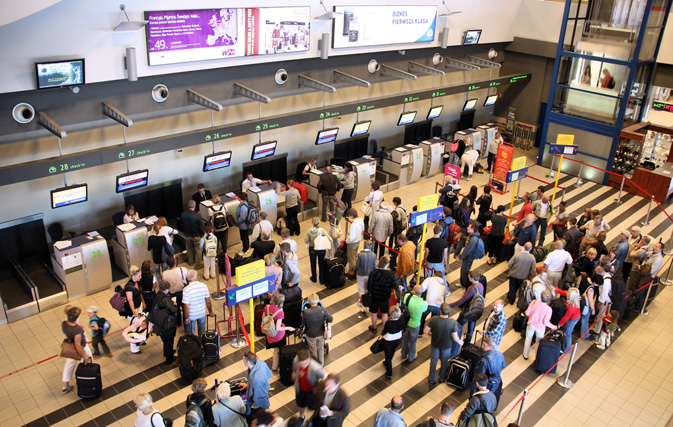DALLAS — More than 14.2 million people are expected to fly over the seven days surrounding the Labour Day holiday, a 3 per cent increase from last year, according to Airlines for America, the industry’s trade and lobbying group.
The unofficial end of summer is one last long weekend for Americans to sneak in a trip, with Friday, Sept. 4, expected to be the busiest day to fly.
Millions of others will drive or take trains and ferries during the holiday. For instance, 1.14 million people are expected to use intercity buses, an increase of 5 per cent compared to last year, according to the Chaddick Institute for Metropolitan Development at DePaul University.
But for those who need to get across the country fast, nothing can compete with flying. More families are now able to afford to hop on a plane thanks to a stronger domestic economy.
In advance of the holiday, American Airlines and Dallas-Fort Worth International Airport granted The Associated Press unique access to their operations to get a sense of what it takes to get thousands of passengers to their destination.
Each day, more than 170,000 passengers use the airport, making it the ninth busiest in the world. Since many of those trips are on smaller, domestic jets, the airport sees a higher share of takeoffs and landings than other big hub airports — 1,845 daily flights, which is the fourth most in the world.
In the bellies of those jets each day is another 1,873 metric tons of cargo. It takes a workforce of 60,000 to get all those passengers and the cargo to their destination.
The airport covers 17,207 acres — an area larger than Manhattan — and has five terminals with a total of 165 gates. To get around, passengers use the Skylink tram system, which travels 35 mph to 37 mph. In its decade of operation, the tram fleet has travelled a combined 32,465,945 miles.
